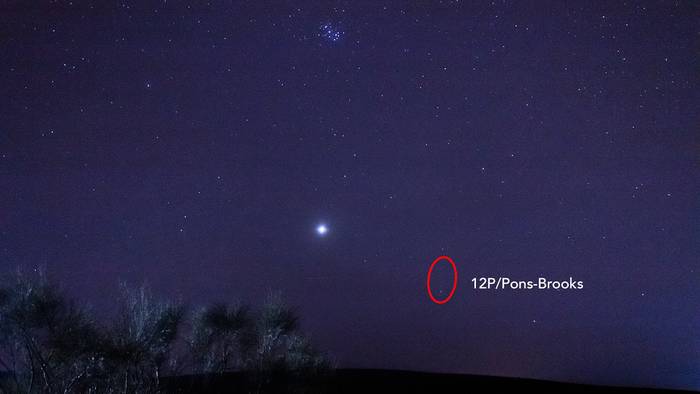
Astronomy may be on the decline, but we can still save it
Last night I set out to try and photograph Comet 12P/Pons-Brooks, also known as “The Devil’s Comet” that’s been approaching the Sun since March.
It was a very faint comet, so with my limited gear I could only make it be seen very slightly when zoomed in. It was clear that I would need to upgrade my equipment if I wanted to make clearer pictures of these thingies. However, it also made me think about other things that eventually bubbled into a theory that astronomy, the oldest science —dating back to ancient times and even prehistoric times— may be in danger of becoming a shadow of what it was in the past.
But this fate could be avoided if we solve at least two of the major problems astronomy is currently facing, both in the short and long term.
Light pollution and the suffocation of the night
When one talks about pollution, they usually refer about air pollution and things like climate change. But there are other kinds of things that can contaminate our environment.
One of the least heard of is light pollution, which is caused by artificial lighting in our cities and towns. When it’s carelessly used, cities and road lights shoot light upwards into the sky, cluttering the skies with the glow coming out of the cities and drowning the skylight.
The Bortle scale compares on a scale from 1 to 9 how affected the night sky is due to light pollution in terms of visibility of astronomical objects, with skies of class 1 being pristine dark skies, and class 9 being the typical night sky you would see inside a city.
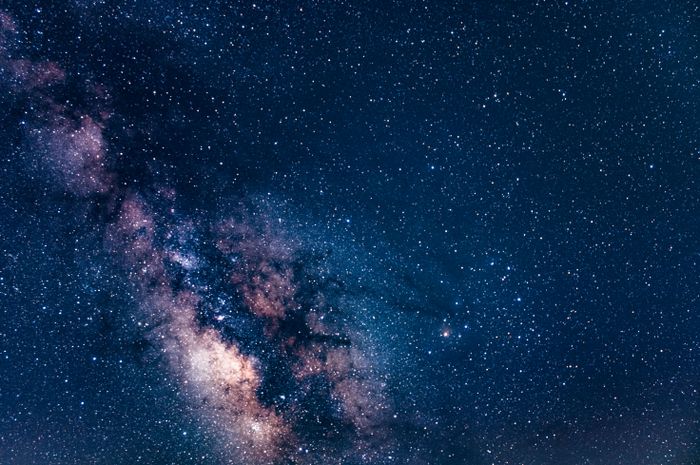
For comparison, the picture of the comet I photographed at the top of this post was in an area with a Bortle scale of 4, which is typical in suburban to rural settings.
Although I’d say it’s a bit of an unfair comparison because I made these photos for completely different targets, the differences are still very striking.

In a sky like the one of the comet’s picture, one would be able to see up to around 300 stars with an unaided eye. In a truly dark sky, that number goes up to 9,500 stars. Downtown? About 50 stars if you try hard enough.
It is estimated that about one third of humanity has never been able to see the Milky Way. In 1994, an earthquake hit Los Angeles which caused a blackout of the whole city. That day there had been reportings of “a strange sky” that showed up out of nowhere, and people called the local Griffith Observatory up asking what it was.
Similarly, during lockdown, there had been an all-time high of reports of sightings of mysterious objects, like flashing discs of light.
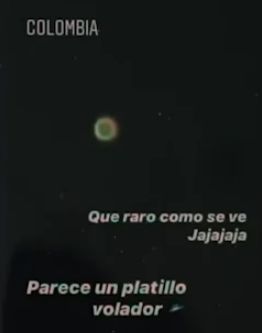
People being flippant and stupid? I’d rather call it astronomical illiteracy.

This would never have happened if it wasn’t for the light pollution, because you would be able to see many more stars and easily identify which are planets and which are other things, and of course, look up in awe at the beauty of things like the Milky Way or even the Andromeda galaxy. Light pollution washes away all of that, leaving a plain and uninteresting sky.
However, the actual amount of light pollution doesn’t have a maximum past class 9, so it can get so polluted that one could live in what’s called an “eternal twilight”, in which the sky gets so bright it feels like an if it were at twilight.
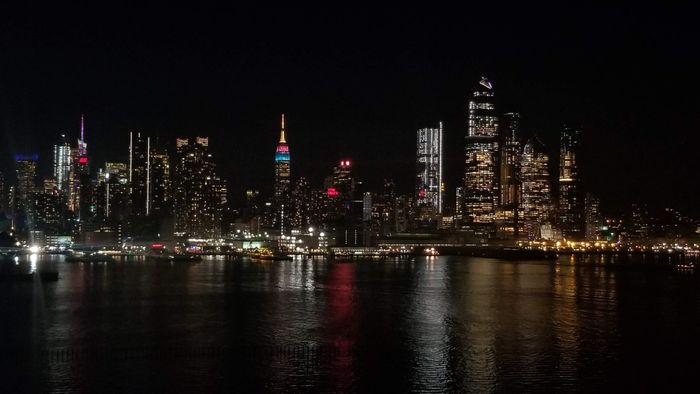
Throughout the history of humanity, generations of astronomers studied the night sky and elaborated many different models for understanding our place in the Universe, among other things. They were able to do it because electric artificial illumination wouldn’t become a thing until the early 20th century.
Of course, technological advancements allowed us to see more of space and in more ways than just “how we see things”. But I believe that could also bring an undesired effect.
Deceptive marketing and the surge of “hobby killers”
Technology for astronomical observations really skyrocketed in the mid to late 20th century, with the construction of observatories specialized in the invisible light (radio, infrared, x-ray and ultraviolet, among others) and space probes that can get much closer to other planets, enabling the possibility to take pictures of the planets of the Solar System with an amazing resolution.
Before that, telescopes at the time could only make out general features of the planets, such as Saturn’s rings and Jupiter’s red spot; one could spot the four Galilean moons, but they’d look like dots in the sky.
Fun fact: When the film 2001: A Space Odyssey was made, there hadn’t been any probes that had arrived to Jupiter at the time, so the depictions of Jupiter and its moons were made rather vague with all the telescope images that they had at the time to avoid possible inconsistencies with how they actually look.
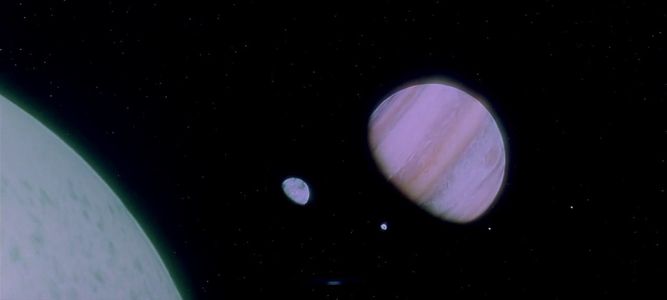
But by the time the sequel 2010: The Year We Make Contact came out, the Pioneer and the Voyager probes had already been to both Jupiter and Saturn, which allowed to use much higher quality pictures of the former and its moons to make more accurate and detailed depictions of the astral bodies.
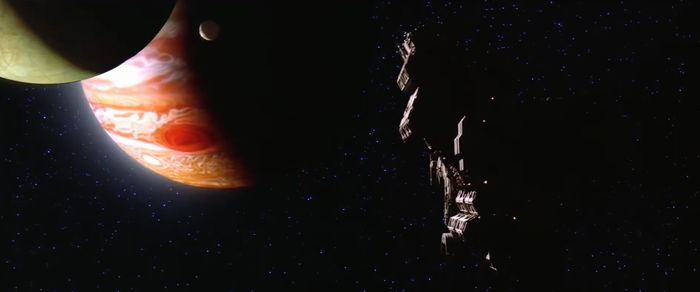

I’m not saying that these leaps in imaging quality of the Solar System have been hampering astronomy; quite the opposite, actually. It’s what allowed many people to develop an even more intimate fascination towards space.
How could one not be fascinated by something like this?

The problem comes when you use images like these for deceptive marketing. I’ve seen advertisements of budget “telescopes” that give you the promise of seeing interesting things such as Saturn’s rings in deep detail or Jupiter’s clouds in high resolution. These have been promptly given the name of hobby killers because despite them being cheap and portable, they tend to be overly complicated and junk in quality compared to a higher quality one.

With the ability to share high quality pictures of space thanks to Internet, the expectations of children have increased a lot, unless they have a proper understanding of how objects like our planets actually look like through a telescope beforehand.
Practicing astronomy is a hobby that takes an enormous amount of effort, endurance, and patience. From sleepless nights that could be ruined by clouds, dealing with the cold, wind and other atmospheric conditions like air humidity. Let alone bugs attracted to light on your torches or screens.
And with light pollution, you may also have to drive for hours to get to a place with decently dark skies, so you might as well consider camping, which adds a lot more to the ordeal. And if the telescope isn’t very good, after all the effort you did bringing your children to a dark and cold place, you might not want to hear them complaining: “BUT IT LOOKS SO FUZZYYYY!”
One could easily give up if their expectations are not met and don’t have the perseverance to keep trying.

Now, some who are into astronomy do claim that their hobbies actually had been nurtured by a cheap and janky telescope, and I won’t object to those testimonials. There are many factors that influence on making or breaking astronomy as a passion, and this shouldn’t be the only main factor to consider.
But the lack of understanding when it comes to the numbers and specs of a telescope, alongside the fallacy of “bigger numbers = better” —especially for things like 300X— and its exploitation by misleading marketing make giving cheaper telescopes more value than they actually have really easy.
Combined with the ten-fold increase in price of the higher quality telescopes, many parents will end up choosing the cheap and junk scopes. Because apparently spending $1000 once for something that’s “just a hobby” is too much, but spending that same amount to take your kids to sports activities in the US yearly will pay off. Sports are still good for many reasons, of course; but a high quality telescope with fairly good maintenance can last you for decades and can be easily sold if your kid decides to drop off astronomy, not much so with sports gear —and a lot of them will on their teen years.
Astronomy is an expensive hobby, but that doesn’t really mean you lose a lot by trying it.
So how do we fix these issues?
Surprisingly, both light pollution and the “killer” telescopes problems have particularly very simple solutions.
For light pollution, you can have your local community implement more responsible lighting. Which means making lights that don’t shoot into the sky with cutoff shields, using less lighting power than necessary, and use them only when necessary. The temperature of the light seems to also have an impact, so preferably use warm white lights over cooler white ones.
A guide for preventing light pollution in your neighbourhood (10:44)
This should mostly be applicable to countries like the United States and Canada.
As for avoiding disappointment of curious children, it’s mostly a matter of nurturing that curiosity into fondness. One good way would be to actually save up for a much more decent telescope, while consulting on experts on the field about which one to buy and take their advice seriously. They needn’t be a professional astronomer: Just anyone with enough expertise would suffice.
A guide for avoiding hobby killers (17:55)
By an amateur astronomer with over 40 years of experience.
A probably even better way would be with hands-on interactions with the astronomy community by attending star parties, where they would learn a lot more with the guidance of mentors than just relying on blind experience.
However, just because I said they are simple solutions, they may not be easy to implement:
- Light pollution regulations may be deemed unpopular due to bureaucratic or sociocultural aspects (North American people love the “lights make street safer” argument, while it’s harder in Europe and Japan to make civil enforcements).
- I personally believe that hobbies should happen naturally and be nurtured, and not be forced onto someone. Much like raising a kid, it is a considerable challenge.
Nonetheless, if we want to continue enjoying the marvels that has space for us hiding in the night sky, we should be raising awareness on these issues, so as to ensure that one of the most ancestral sciences doesn’t become a thing of the past.
But it may not be all that bad. Improvements in technology allow us to see space with way more detail than in the past centuries. One could still show someone high-definition pictures of these objects and wow them with how they look, and as of recent, the creation of smart telescopes has made astrophotography way more accessible for everyone. And while astronomy is not something that’s usually taught within the standard educational curriculum, Internet allows people to self-educate on the topic (which takes a considerable portion of astronomy enthusiasts, by the way). As long as the positives outweigh the negatives, astronomy will persevere.


